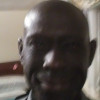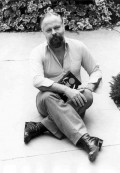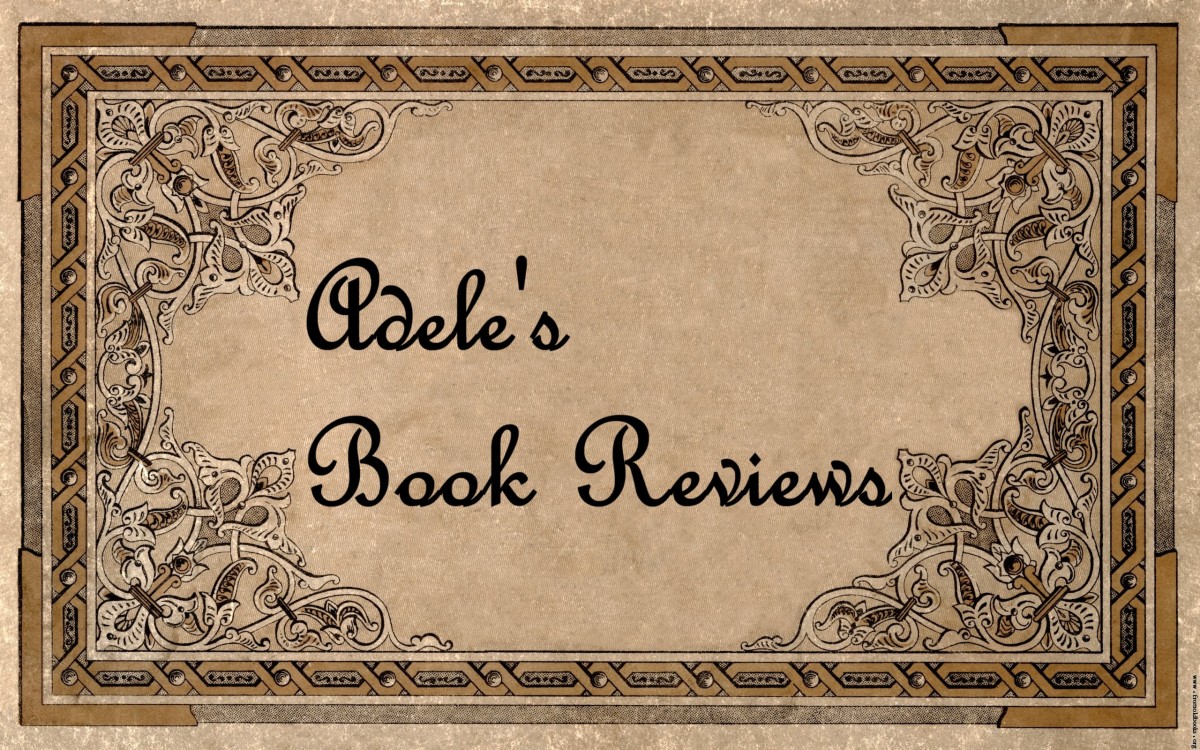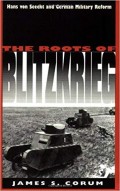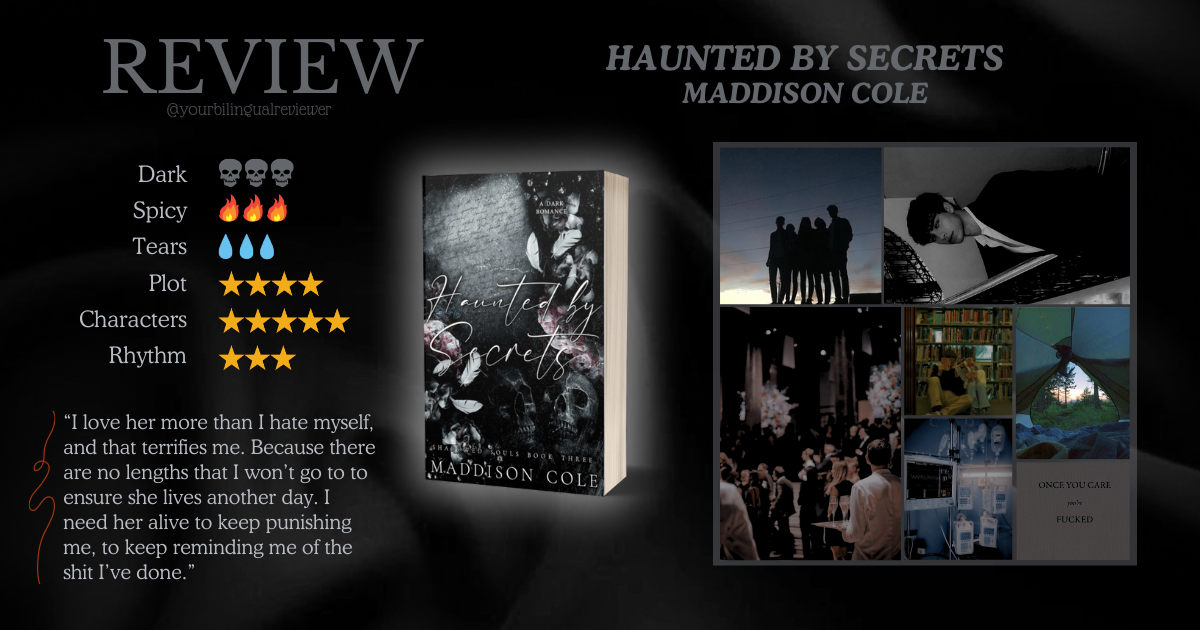Three-Book Review: Philip K. Dick's: Ubik; A Maze of Death; and Now Wait for Last Year
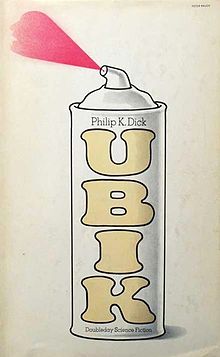
Ubik
First up is Ubik, a Vintage Books paperback novel; Vintage Books is a division of Random House, Inc., in New York. The first Vintage Books edition was put out in December of 1991. It was originally published under the copyright of Philip K. Dick in 1969. The novel runs about 214 pages.
From the back cover
"Glen Runciter is dead. Or is everybody else? Someone died in an explosion orchestrated by Runciter's business competitors. And, indeed, it's the kingly Runciter whose funeral is scheduled in Des Moines. But in the meantime, his mourning employees are receiving bewildering---and sometimes scatological---messages from their boss. And the world around them is warping in ways that suggest that their time is running out. Or already has.
"Philip K. Dick's searing metaphysical comedy of death and salvation (the latter available in a convenient aerosol spray) is a tour de force of paranoid menace and unfettered slapstick, in which the departed give business advice, shop for their next incarnations, and run the continual risk of dying yet again."
I feel compelled to say, once again, that Philip K. Dick was science fiction's master reality bender. As far as I am concerned, he has no peer in this area of fiction. I am talking about his visionary ability to constantly imaginatively reconfigure reality; because reality itself was a major thematic preoccupation of his as a writer and a thinker; he always called himself a "fictionalizing philosopher," rather than a novelist, per se.
What shall I say about this book?
How about this? If you have ever seen the films The Sixth Sense [Bruce Willis and Haley Joel Osment (1999)] and/or The Others [Nicole Kidman (20010], you will understand what I'm talking about when I tell you that, in this novel, there is something of a question as to who is alive and who is dead.
There is not straightforward clarity on this matter initially. But I hasten to add that there is a very good thematic and plot-driven reason for this initial ambiguity.
You see, I need to go back to Mr. Dick's master reality bending for a moment. In the imaginative world he has created within the pages of Ubik, death itself has been transcended.
Then again, that formulation is not quite accurate. It is closer to the truth to say that death's "downtime" has been minimized, if not eliminated. Oh dear, that still isn't very clear, is it?
What I mean to say is this: While the soul is waiting for "The Light" to appear, so that she can go toward it, the dead can spend their time, more or less, fully conversant with the world of the living.
What do I mean by "more or less, fully conversant with the world of the living"? Well you see, its like this: Remember we're in a science fiction novel; and in this imagined world technology has been developed which has, apparently, managed two things.
First, this technology has discovered the continued activity of the human consciousness after the total physical death of the body and all of its systems. This activity has, before now, quite naturally gone unnoticed.
Now, we might engage in some intervening speculation here; and say that, in this world, the "problem" of "ghost" "hauntings" has been solved. You see, we can say that this technology which allows the living to talk---without "séances" and the like---to the like, has been every bit the boon to living-dead communications that the telegraph, telephone, and Internet has been to worldwide communications has been among the world's living.
In this world there is no longer a need for "spiritual mediums," and the like. Now the living and the dead can sit down together and just "rap," as it were, in "plain English," or whatever language applies.
No longer do "ghosts" have to struggle to make their concerns, wishes, unfinished business, what have you, known through the primitive, "smoke signal" means of yesteryear. No more making windows and doors fling open and slam shut; no more floating objects through the air; no more "Madame Zeldas" holding séances, telling everybody to close their eyes and concentrate as she "tries to make contact with the spirit world."
No more "Madame Zelda" saying things like: "Rusty, or Dusty, if you are now with us, give us a sign. Raise this table!"
And on and on and on, like that. The "middle man" has been removed.
Now then, the time the dead can converse with the world of the living is limited. After all, they're just hanging out, waiting for the light to come. This finite, intermediary period is called the "half-life" of the dead.
The dead are kept on ice, so to speak. They are housed in body-freezing tubes and stored at funeral homes, essentially. When a loved one comes to visit a "half-lifer," both the living and the dead commune together in a large conference area. The loved ones are provided with earphones so that they can hear what the deceased are saying; and they talk into a microphone so that the dearly departed can hear them.
The body is shown in repose through the window of the tube. The deceased invariably appear quite serene and at rest. Their eyes remain closed and the rest of their features remain frozen blank. Nevertheless the voice of the dead is heard and comes from within, the "soul," if you will.
Now then, when the dead are not being visited by their loved ones, their bodies---contained within the tubular housing units I mentioned---are stored together in, well, storage rooms. They are stored all together so that the souls do not get lonely. However, while this arrangement does prevent the souls from becoming lonely, it also opens the door to a strange, new kind of psychic vampire, of sorts. You will meet him. His name is Jory.
Jory is the malevolent force who must be defeated or at least contained. The way our heroes carry this out makes up the bulk of the story.
But there is another level of complexity that the reader must work through before we even get to the showdown in the land between the living and the afterlife.
Philip K. Dick's books are frequently prescient in one way or another. When I said that regarding Ubik, I am thinking of the X-Men as an example. In his novels Mr. Dick frequently featured psychics: "precogs," who can tell the future, mind-reading "telepaths," "telekinetiics," who can move objects with their minds, "reanimators," who can raise the dead, and so forth.
By the way, wouldn't it be something if each of the good guy X-Men had a counterpart, whose abilities specifically shut down the powers of Professor Xavier's students?
For example, take Scott Summers, the "Cyclops," who can shoot a powerful laser bean out of his eyes. What if there were someone born with the ability to specifically neutralize that power?
How about Jean and Professor X, who between them have the powers of telekinesis---in the case of Jean---and telepathy. What if there were people born with the ability to specifically shut down telekinesis and telepathy?
What about the teleporting "Night Crawler"? What if there were someone born with the ability to shut down biologically-driven teleportation?
What about Jubilee, with her dazzler light projecting powers?
What about Logan, also known as the Wolverine, with his mutant senses and extraordinary healing factor?
And on and on, so on and so forth, ad infinitum.
Would the non-powered public hate and fear the mutants so much, in that instance?
In a way this was done in a couple of the X-Men movies. In one of them there was a young man born with the mutant power to cancel the mutant powers of all other mutants he came into close proximity to. How's that for irony, by the way? A boy born with the mutant power to return mutants to "normality." You can drive yourself mad trying to figure out the existential implications.
Is the boy actually an "anti-evolutionary" force? But he's a mutant himself...
The mutant-neutralizing effect was also achieved in another X-Men movie, the most recent one I believe. For those of you in the know, I'm talking about the Sentinels, robots specifically programmed to hunt down mutants. In X-Men: Days of Future Past we learn that the DNA of the shape-shifting mutant, Mystique, got incorporated into the Sentinels, so that they can perfectly adapt to any mutant they hunt down.
At any rate, in the world of Ubik we have this anti-"mutant" scenario going on. That is to say, you have "precogs" and "anti-precogs"; "telepaths" and "anti-telepaths"; "telekinetics" and "anti-telekinetics," and so forth.
Its a good thing too. Because in this world those darn psychics can be a nuisance. The big worry seems to involve industrial espionage.
Let me just close with this...
You know, if you wanted to you could say that there are three "species" of humanity walking around together in the world of Ubik. There's the psychically gifted, the "anti-psychics," and the ordinary humans whom the 'antis" of the world ostensibly protect---from the others, the psychics.
What would this mean for the evolution of humanity as a whole? Which group prevails? The psychics? The anti-psychics? Or do the "ordinary" humans prove to be more cunning, ruthless, and relentless than either of the other two peoples?
Is the world big enough for all three? What if all of the psychics were wiped out, so that it was just the ordinary humans and the "anti-psychics" left on Earth?
Could both groups live on this Earth together in peace? Or, would the ordinary humans come to view the "anti-psychics"---who, after all, have nothing to do now---as the new enemy, the "New Mutants," that need to be done away with?
All of this makes one think: Does nature do this? Does nature produce "extremes" that are eventually "weeded out" by the "centrist" strain?
Let's move on.
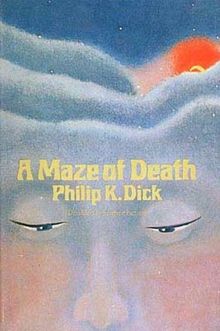
A Maze of Death
For a change we are not dealing with Vintage Books paperbacks. The version of this novel I am using is found in The Library of America compendium of four Philip K. Dick novels. The Library of America edition is a hardcover book, published in 2009 under the copyright of Literary Classics of the United States, Inc., in New York.
A Maze of Death was originally published in 1970. The novel, in this edition, runs about 163 pages.
From the blurb on the inside jacket cover
Which calls A Maze of Death "a darkly speculative thriller that foreshadows Dick's final novels. Mysteriously summoned to the planet Delmak-O, a motley group of colonists attempts to survive together in a hostile world. Along the way, they are forced to confront not only one another, but also the nature of the God---or 'Mentufacturer'---who determines their destiny."
What shall I say about A Maze of Death?
For those of you who have read at least a representative sample of my reviews, know that I avoid giving plot summaries. First of all, you can get plot summaries of whatever book you care to sample, anywhere; you can even get that from Wikipedia.
Second, a book review is quite different from a book report. As you know, the latter is something for grade school. The first box to check off is to demonstrate to your teacher that you did indeed read the entire book.
Now then, I am not saying that I have mastered the form, but a book review is something very different. Also, as I have written more than once, there is a certain version of critique that I, personally, am not comfortable with executing.
Those of you familiar with my procedure know that I do not do the whole---good points/bad points, what-I-liked/what-I-didn't-like, what "works"/what doesn't "work"---thing. I do not try to qualify such things as "plot structure" and "character development."
While one should "never say never," it is my general practice not to render judgment on such subjectively artistic and creative judgment calls of the writer. As one who is merely an amateur Internet writer, I feel I owe such deference to professional writers published by professional publishing houses.
With that said, let me say something about the second novel in this three-book review.
Have you ever seen the black and white era Twilight Zone episode called "Where is Everybody," starring Earl Holliman?
Well, it turns out that the American space program was doing experiments to test the human capacity for loneliness. To get to the Moon, or Mars, or something like that, astronauts would have to be able to endure extremely long stretches of being absolutely alone without, how shall I say, "cracking up."
In the end, Earl Holliman's character "cracked up." This point came when he could no longer bear the illusion his mind had created for him.
To my way of thinking, this is precisely why too much time in absolute isolation, too much time "in the hole," as it were, is psychologically detrimental. Like a starving body that will feed on itself from the inside-out, so too will a starving mind (starving of input from others; that is, companionship), apparently, feed on itself from the inside-out.
Right there, I have already said more than I would have liked to about the ultimate story arc of A Maze of Death. In this case, however, it was almost impossible for me to say anything meaningful about the novel without hinting at the plot, above and beyond the blurb that appears on the inside jacket cover.
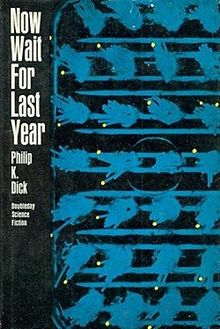
Now Wait for Last Year
This is another Library of America story. That is to say, I read this novel in the Library of America compendium of five Philip K. Dick novels from the 1960 &70s. The novel was originally published in 1966. It runs from pages 461-667, roughly 206 pages in length.
JJ-180 is an addictive narcotic that causes people to spontaneously travel through the time-space continuum: the past, present, or parallel Earths. Dr. Eric Sweetscent is a leading artificial organ transplant surgeon. Gino Molinari, aka "The Mole" is the United Nations Secretary General, which in this context is essentially means President of the United Nations of the Earth.
Such centralized authority seems to be necessary because the Earth is in the middle of an inter (space)-system war between the reegs, intelligent, insect-like creatures and the so-called Star Men, who look exactly like "Terrans" (Earth Humans), said to be genetically related to the people of Earth.
The Earth is allied with the Star Men, for what turns out to be exceedingly superficial reasons of racial preference. I don't like to give the plot away but I will tell you one thing. When you read this novel, you will learn---if you don't already know this---that "humanity" is more than skin deep.
Kathy Sweetscent is the controlling, manipulative, spiteful, and vindictive wife of the good doctor. In what turns out to be in keeping with her very long history of illicit narcotics use and abuse, she does not fail to become fatally addicted to JJ-180. Her moral nadir comes when she spikes her husband's coffee with the drug, thus making an unwitting addict out of him as well. (JJ-180 just takes one dose to become thoroughly addictive).
Dr. Sweetscent has been appointed the personal caretaker of the neurotically fatalistic and hypochondriac but cunning and wily U.N. Secretary Gino Molinari.
Basically, Dr. Sweetscent's task is to keep Molinari alive, find a cure for his wife (and himself), and do what he can to get Earth to switch its allegiance from the Star Men to the reegs. I have already said too much.
This is a fairly stimulating, rollicking adventure SF story. Or rather, it is Philip K. Dick's version of a rollicking adventure story.
Here's what I mean by that; and I only tell you this so that you will have an idea about what you will be getting, if you set out to buy this book from the bookstore or merely check it out from your local public library. Philip K. Dick regarded himself as a "fictionalizing philosopher," more than a novelist, per se.
That is to say, that for him ideas stood front and center, taking precedence even over plot and characters, per se; though I obviously happen to think that Mr. Dick drew characters and plot very well.
You should also be made aware of the fact that Philip K. Dick was a very concise writer, by today's standards. This may have been, at least in part, in keeping with the tone of the times when he started writing professionally, in the late 1940s/early 1950s.
His novels very often ran to well under two hundred pages. They were usually less than two-hundred-fifty pages, certainly; and they were rarely north of two-hundred-fifty. And three hundred or more pages, while not unheard of, was even more of an occasional sighting.
Now, the word visionary is overused; but in application to Philip K. Dick, as a writer, the term is simply stating a fact. He was a writer who put enormous ideas in to very small spaces, page length-wise. Let me just say, also, that the ideas he tackled in his fiction were every bit as large as the ideas science fiction/fantasy authors take multiple 1000-page volumes to work out.
Here's my point, at long last
The result of all this is this: Philip K. Dick, as a science fiction writer, does not always dramatize the things you would think he would dramatize. He was not a constant writer of action scenes. He must never be mistaken for a James Patterson in this regard.
You should never pick up a Philip K. Dick paperback, read the summarizing blurb on the back cover, and make a mistake about the kind of book you are holding in your hands.
As I said, Philip K. Dick was not about the action scenes, per se. (And yet this is not to say that there is no action in Philip K. Dick novels because that would be a lie; this is not to say that his novels are not fun to read because that would be a lie; this is not to say that Dick's novels are without their "thrilling" aspect because that would be a lie; and this is not to say that Dick's novels are not interesting and fast-paced because that would be a lie).
Philip K. Dick novels, including this one, are interesting and fast-paced, thrilling, fun to read, and "action-packed."
HOWEVER the uninitiated may read some Philip K. Dick novels and find himself thinking something like: Damn, the "good stuff" keeps happening "off camera," so to speak. That is to say, there is no actual battle scene in space, or anywhere else between the Earth-Star Men alliance and reegs.
There almost never is in Mr. Dick's work. Let me put it this way: If you are someone who adores military history, and loves hearing about the details of all the famous battles in all the famous wars in history; and that is the kind of detail you like to see in whatever fiction you enjoy---then you will probably not get any satisfaction from a Philip K. Dick novel, including this one.
And in that connection let me offer one biographical detail. Philip K. Dick was born in 1928, which means he would have entered college in the mid 1940s. He dropped out of the University of California without completing any classes rather than take mandatory ROTC training.
Thanks a bunch for reading.
Bye! Bye!
